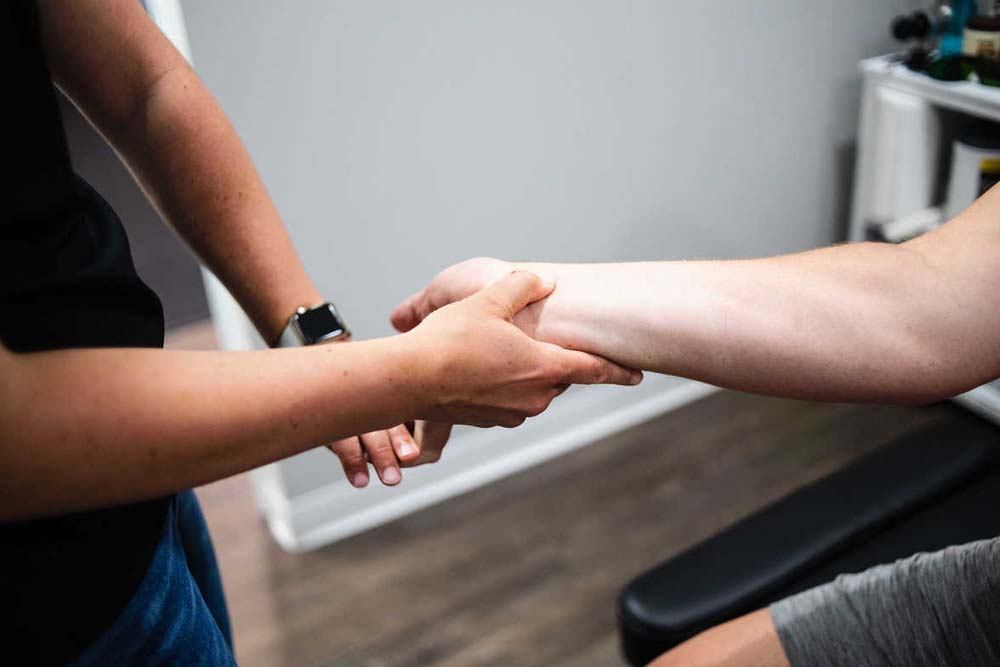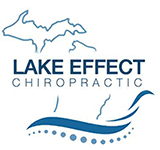
Being that our Bay City community is very active, soft-tissue injuries such as muscle strains or sprain injuries are very common. Active Release Techniques (better known as ART) is one of the leading soft tissue therapies to treat these types of sprain/strain type injuries.
We will cover in this blog:
- What is ART
- Why ART is a great choice
- What does ART treat
- Who can benefit from ART
What is ART?
Many athletes of various levels seek ART care to help with muscular injuries because it is non-invasive, very specific, and requires a fair amount of post-doctoral education and testing in order to be certified to treat with ART.
In the family of ART therapies, there are nearly 500 specific techniques that are unique and patented to the Active Release Technique system. This means that any patient receiving care from an ART-certified practitioner is receiving highly credited, individualized care.
Each protocol consists of applying specific amounts of tension to the tissue (muscle or ligament) while in a shortened state, then the tissue involved is lengthened further under tension.
Why seek ART?
ART is based on the concept that the body’s soft tissues, such as muscles, tendons, ligaments, fascia, and nerves may develop some adhesions (aka sticky areas) over time.
Sometimes these adhesion disappear on their own. However, if adhesions are not able to self-resolve, they can affect the function of these soft tissues and become more fibrotic in nature (think guitar strings or beef jerky). This is important because this amount of tension will affect the function of muscle, but also of the joint that particular muscle is associated with.
Muscles have a high content of nerves and blood vessels, this makes them prime pain generators. Patients often report that their joints or muscles “feel like super glue” when a muscle or ligament is affected because it alters the tissues’ ability to contract and relax. This can lead to:
- Reduced Joint Range of Motion
- Muscle Soreness and Pain
- Compensation Patterns
- Soft-Tissue Injuries in the supporting structure
Why Do Muscular Adhesions Form?
Muscular adhesions are extremely common in the active community. Here are some of the causes of these types of adhesions.
- Repetitive Stress (throwing, pitching, running, etc)
- Scar Tissue from Old Injuries
- New Injuries (i.e. sprained ankle)
- Poor Movement Patterns (i.e. poor posture)
Are Muscular Adhesions Bad?
Muscular adhesions are a natural part of the healing response. However, if adhesions don’t resolve, they may cause stiffness and pain in the affected area. This can take a turn towards chronic.
Who Can Benefit from ART?
The simple answer is everyone can benefit from ART treatments that we perform here at Lake Effect Chiropractic.
Because ART is so sought after by high-level athletes, there seems to be a common misconception that ART is only for the active community. The reality is that ART is used in a lot of different settings.
The average gym goer, weekend warrior, desk worker, nurse, stay-at-home mom, and factory worker can all benefit from ART.
Common Conditions Treated with ART:
What you’re getting in an ART Provider
Being a certified ART provider requires dozens of hours of hands-on post-doctoral studies followed by an in-person hands-on examination. This is to assure that ART providers are practicing the high quality of care associated with the ART reputation.
Here at Lake Effect Chiropractic, we are happy to hold several ART certifications that allow us to treat the Bay City area with the gold standard technique in soft tissue therapy.
If you feel that ART may be the right treatment for you or somebody you know, give us a call at (989) 686-6808.
